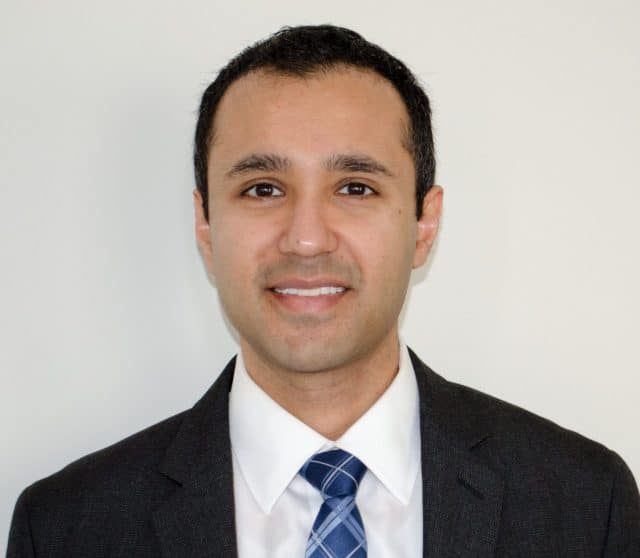
Chesapeake Retina Centers
3460 Old Washington Road
Suite 101
Waldorf, MD 20602

More Vision & Eye Care Articles
Eye Stroke: Retinal Artery Occlusion
Just like the brain, a stroke can also occur in the eye when blood flow to a vital tissue within the eye, called the retina, is blocked. This is called a retinal artery occlusion. Retina is a thin layer of nerve tissue that lines the back of the eye and is directly connected to the brain. It is responsible for sending signals to the brain to create visual images. The lack of oxygen and nutrients being delivered to the retina during the blockage often results in permanent damage to the retina and severe vision loss. An obstruction of the main retinal artery is called a central retinal artery occlusion, whereas involvement of the smaller branches of the artery is called a branch retinal artery occlusion.
What Are the Symptoms Of an Eye Stroke?
A sudden, painless loss of vision in some or all of one eye is the most common presentation. Central artery occlusion results in total vision loss, while branch retinal artery occlusion causes partial vision loss.
Who’s At Risk?
The risk factors for an eye stroke are similar to those of a classic brain stroke, primarily high blood pressure, high cholesterol, smoking, history of previous heart attack, stroke, or atrial fibrillation. It is also more common in men aged 60 years or older.
How Is It Diagnosed?
Your eye doctor can directly view your retina by performing a dilated eye exam. If a retinal artery occlusion is suspected, he or she may refer you to a retina specialist who will perform a more advanced eye examination and imaging tests to confirm the diagnosis. One such test is called a fluorescein angiogram, where a plant-based dye is injected into the veins in your arm to help highlight the retinal vessels.
What’s the Treatment?
If you have a sudden loss of vision, it is important to seek help immediately by going to the emergency room or an ophthalmologist. If the eye stroke is diagnosed within one to two hours from the onset of symptoms, sometimes treatments to help dissolve or dislodge the clot can help minimize or reverse vision loss.
Unfortunately, in a majority of cases, permanent damage has already occurred and treatment is ineffective. Since a stroke in the eye is a risk factor for a person having a brain stroke, it is very important to see your primary care doctor or a neurologist for a stroke evaluation and additional tests to look for clots in the neck arteries or the heart.
Other Articles You May Find of Interest...
- Dry Eye Relief Is In Sight With Optilight
- iDesign Advanced WaveScan Studio
- Norcross Vision Innovators: Glaucoma and Cataract Solutions
- Exploring the Benefits Of Intense Pulsed Light (IPL) For Ocular Surface Health
- Lose Years Off Your Face In Just One Hour
- How to Find a Great Online Shop Offering Same Day Glasses Shipping: Your Quick Guide
- March Is Workplace Eye Wellness Month

















